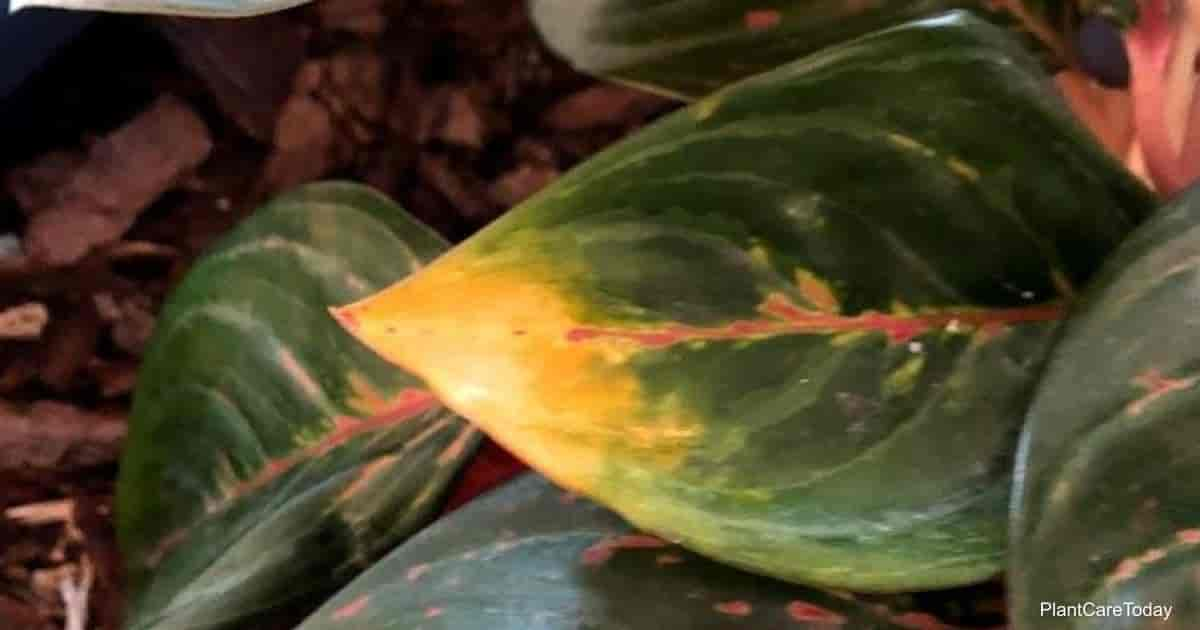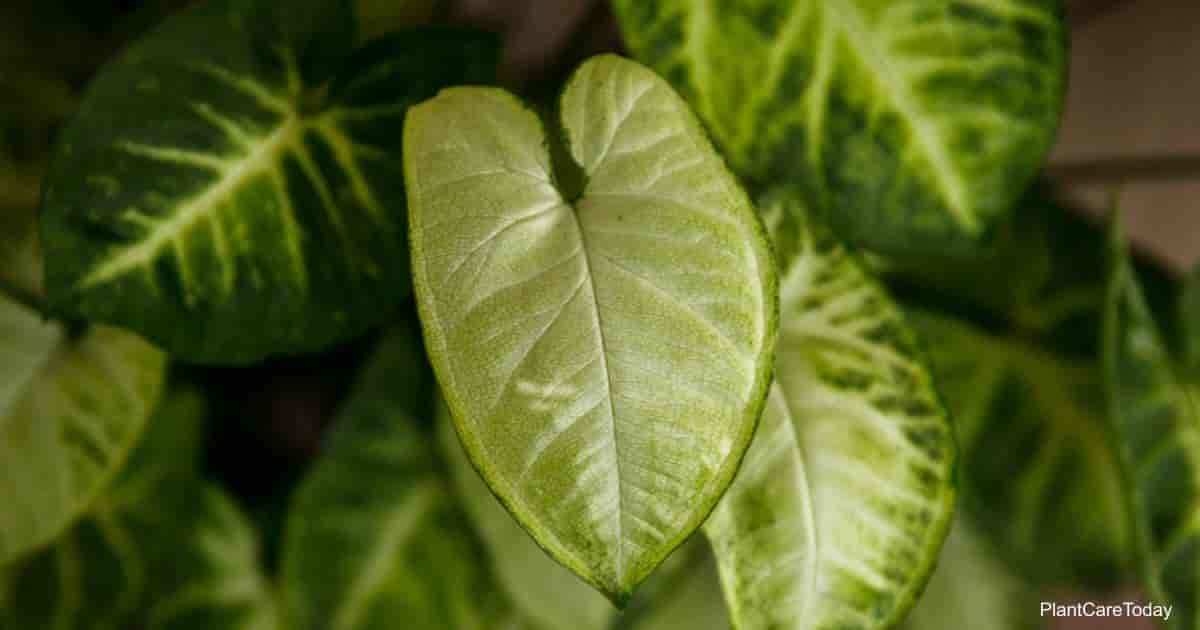Plants are a lot like humans: they often have individual personalities and temperaments, can get sick, and some plants can even respond to sounds or touch.
As a result, it’s always best to think of your indoor plant as a pet or family member so you can give it the best possible care (and get cared for in return).
Everyone knows that light, good soil, and water are important, but humidity is another virtual factor that so often falls by the wayside.
In fact, humidity is so important to your houseplants actually sweat out over 97% percent of the water it absorbs to maintain a more humid environment through a process called transpiration.
Unless you’re dealing with a cactus or other arid-adapted plant, chances are any guide you run across will suggest a pebble tray and/or humidifier to increase humidity.
But is a humidifier – which can be expensive to use – really that necessary?
Will A Humidifier Help Indoor Plants Stay Healthy?
The answer to this really depends upon the plant and its preferred conditions.
Tropical plants, especially those native to rainforests, may require a humidifier to survive while others will do fine in normal household humidity.
Your Home’s Humidity
Before anything else is said, it’s important to note that your home’s humidity is actually higher than the levels outside, especially in cooler climates.
It’s recommended that the indoor humidity range be between 30 to 50% percent, with 45% percent being the ideal for human health.
Your kitchen and bathroom have a naturally higher humidity due to the presence of water fixtures.
You can test your home’s humidity using a hygrometer, which measures the relative humidity of a room.
Three Kinds of Humidity
It’s also important to note that humidity is measured in three different ways: absolute, local, and relative.
Absolute humidity is measured in grams per cubic meter of air (g/m³) and basically means that the hotter the room, the higher the humidity will be naturally due to increased evaporation.
Local (or ambient) humidity measures the relative humidity near a specific object, such as a plant or humidifier that may affect the humidity in its immediate vicinity.
Relative humidity is more complicated and is essentially the percentage of moisture present in the air compared to the maximum amount the air can hold.
Of these, we’ll be talking about relative humidity when discussing the humidity levels of an entire room, while local humidity refers to the air directly around a plant.
Low-Moderate Humidity Plants
There are three methods that work best for plants requiring a low to moderate humidity level: dehumidifiers, grouping, and pebble trays.
Plants such as cacti and other arid-adapted succulents can actually rot if exposed to too much humidity and may require a dehumidifier to help lower the relative and/or local humidity.
Transpiration is an essential function to the environment and can affect whether or not your plant is getting the right humidity levels.
As mentioned, plants sweat just like people do, but their sweat is designed primarily to increase the local humidity while human sweat doubles as a form of waste management.
Grouping plants together will raise the local humidity due to the combined transpiration of all plants in the group.
For indoor plants that require a moderate humidity of 40 to 60% percent, this is often all you need to ensure a happy and healthy plant.
For single plants, a pebble tray will take the place of other plants.
This is simply a shallow tray of pebbles placed underneath the plant’s pot and filled with water. As the water evaporates, it increases the local humidity around the plant.
These methods are both cost-effective and more efficient than using a humidifier unless your room has a particularly low relative humidity.
High Humidity: Humidifiers.
Tropical plants (and many subtropical ones) needing high humidity levels are where a humidifier becomes important or even essential.
For many plants that require a moderately high humidity (under 70% percent), a pebble tray may be sufficient if the plant is kept in a kitchen or bathroom.
However, a humidifier can provide more optimal health for your plant.
Meanwhile, plants with high humidity requirements (over 60% percent) will almost certainly require a humidifier to stay healthy.
Choosing the Right Humidifier
While it’s possible to get a large floor unit, having a humidifier that powerful will affect the relative humidity level of the entire room and may increase the risk of mold growth and/or human health issues.
Instead, smaller humidifiers tend to work best for an indoor plant that’s cohabitating in your den or office space.
These humidifiers are small enough that they can sit beside your house plants and will provide either warm mist or cool mist.
Warm mist humidifiers boil the water to provide water vapor, so the moisture is purified but at the cost of higher operating costs.
Cool-mist humidifiers don’t heat the water, so they’re more efficient but may contain chlorine or fluoride gasses if you fill them with tap water.
When buying one of these smaller units, look for one or more of the following features:
Adjustable Humidistat – This not only keeps track of the local humidity but will allow you to maintain a specific humidity level.
Refill Indicator – Depending on the model, this may simply be a window or a digital reminder that gets sent to your phone.
Run Time – It goes without saying that a larger water tank will last longer. Aim for a humidifier that has a run time that suits your daily schedule so it won’t run dry while you’re at work.
Final Notes
As you can see, a humidifier is only really necessary for plants like orchids and ferns requiring a high humidity level, although it can be useful in some cases where higher moderate levels are needed.
Never aim your humidifier directly at the plant, as the airflow can harm many plants, but instead aim it away from the plant while sitting the unit close.
In cases where high humidity is necessary, you may also choose to keep your plant in a terrarium where the humidity can be kept inside, thus lowering operating costs and the risk of mold and other side effects to the room itself.
Credit : Gary Antosh (https://plantcaretoday.com/humidifier-for-plants.html)





